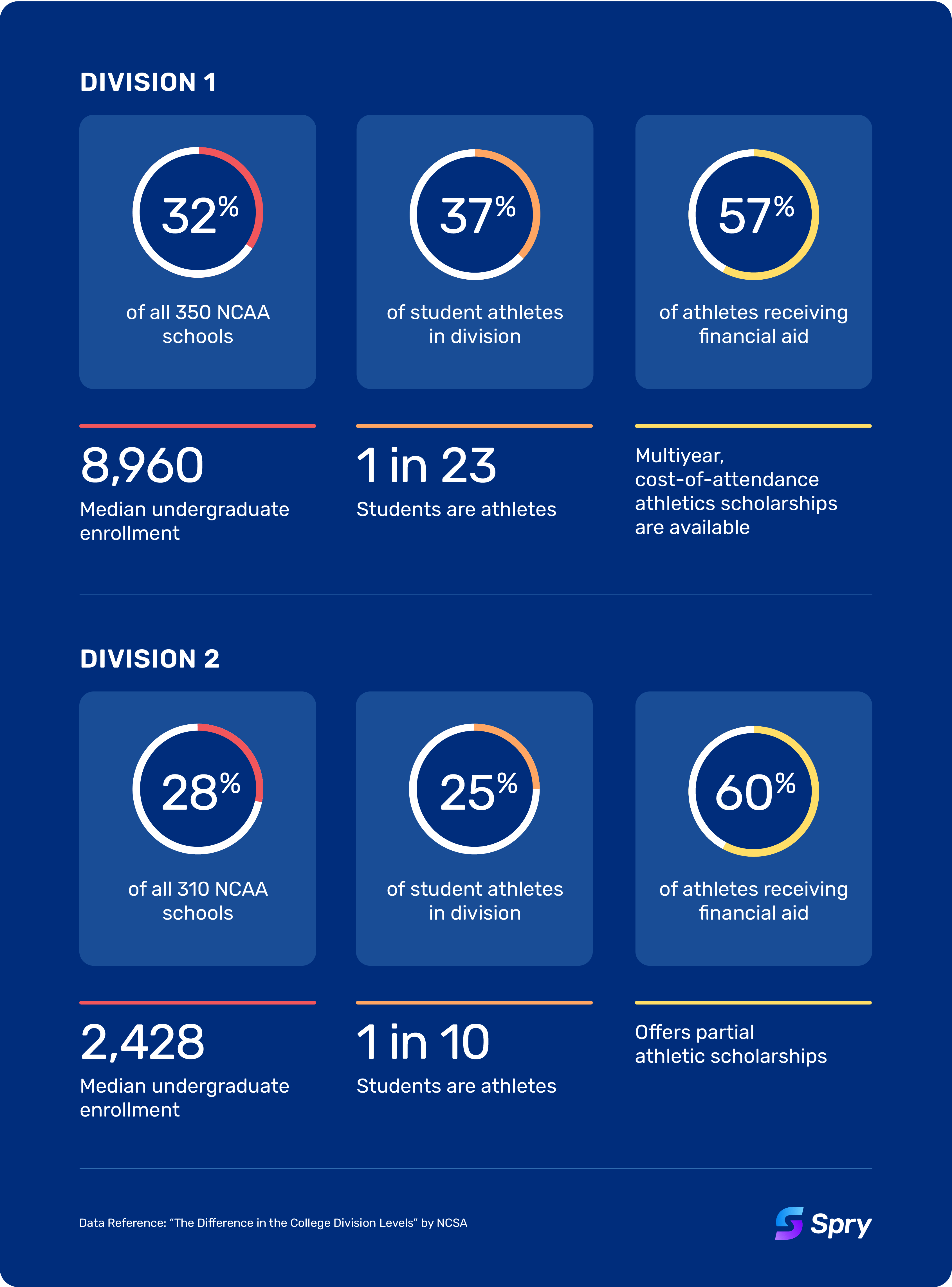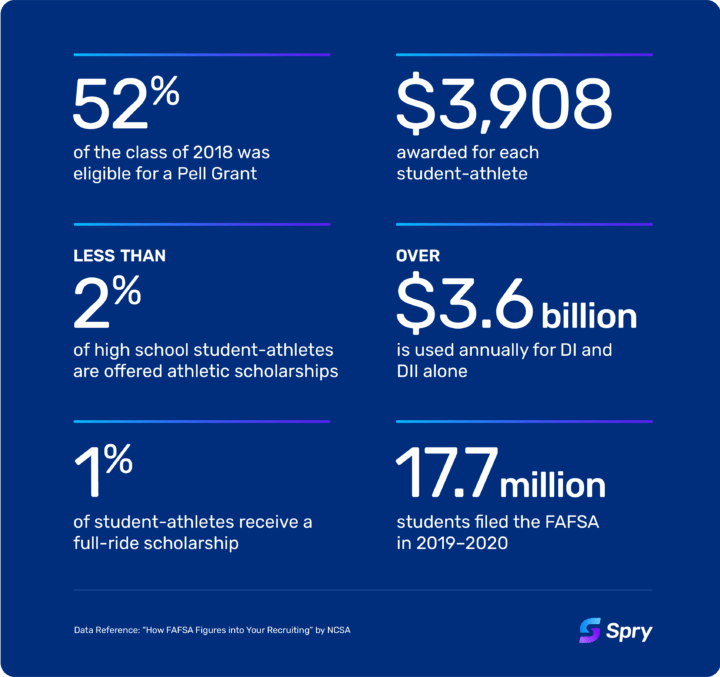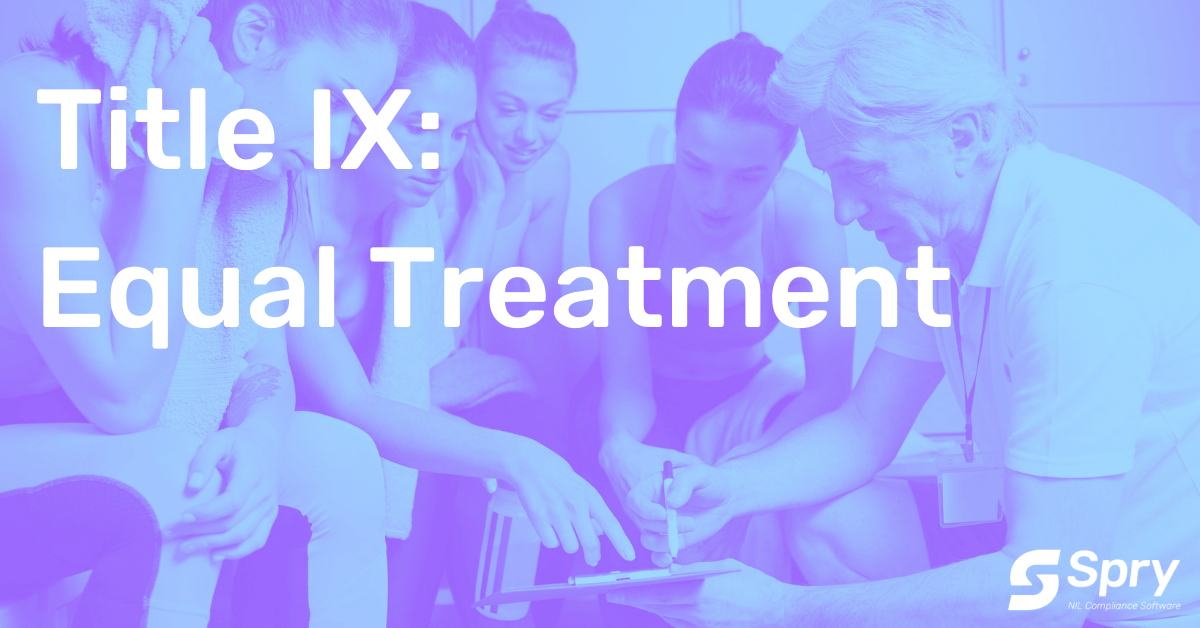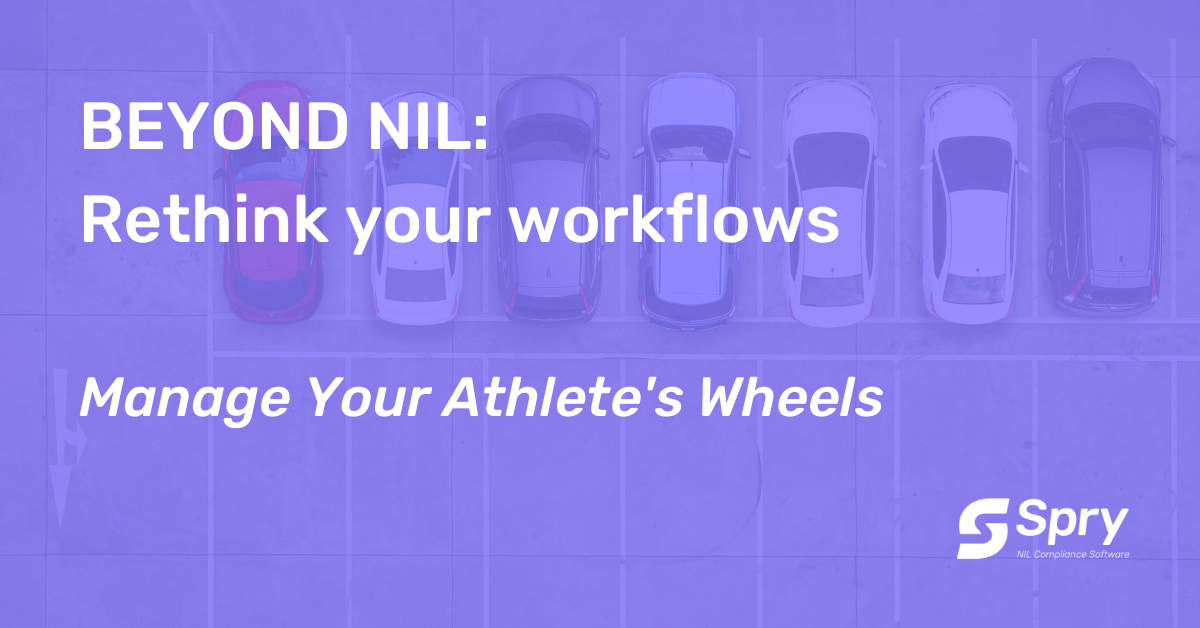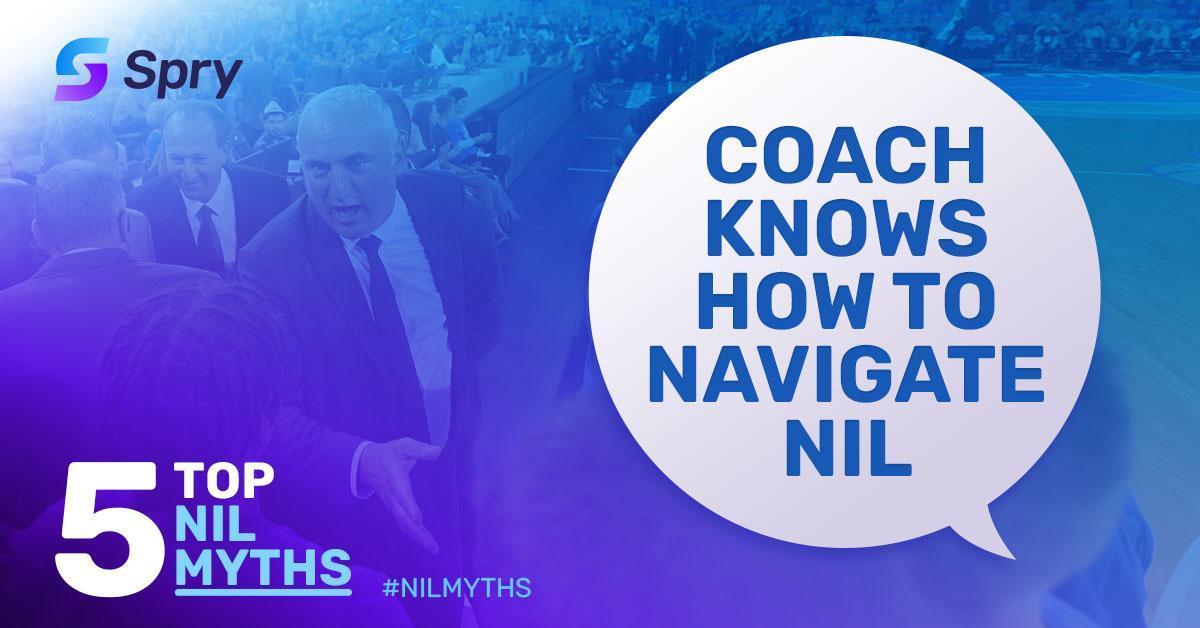Insights
Need-Based Aid and the Unintended Consequences of NIL

The proposed NIL legislation will afford student-athletes with a host of new opportunities to generate revenue through a variety of ventures. Whether selling autographs, running camps or endorsing products, student-athletes will have the means to monetize their athletic abilities like never before. However, there are some potential unintended consequences associated with these NIL opportunities that could have negative financial ramifications for some student-athletes and athletic programs. I would like to address a few of those here.
While many student-athletes receive full or partial athletic scholarships, many others receive packages that consist exclusively of need-based institutional grants. Additionally, with recently adopted NCAA legislation making it much more feasible for student-athletes to stack need-based aid on top of athletic scholarship aid, a number of students will also be receiving a combination of both need-based and athletic money.
As many coaches know all too well, the ability to recruit student-athletes based on projected amounts of need-based aid is a critical component of optimizing NCAA mandated team scholarship limits and building successful programs, particularly in equivalency sports. But it can also be an important factor in the ability to recruit valuable walk-on student-athletes in the head count sports. Access to these need-based funds is determined by a student’s family financial profile. If that profile were to change as a result of NIL earnings, a student’s eligibility for need-based aid could be impacted.
Let’s say for example that a soccer player is being recruited by a program and decides to commit to the school based on a projected package of $20,000 in institutional need based aid plus a PELL grant of $5,000. However, due to previous NIL earnings, the need-based package in future years is decreased to $17,000 and the PELL grant is reduced to $3000. Such scenarios could have serious downstream implications for both the student and the program.
Need-based aid eligibility is not based on a simple dollar for dollar exchange. Therefore, the actual loss of need-based money could be greater than the revenue earned, particularly after taxes are assessed, and other third parties associated with procuring the NIL opportunity such as agents, attorneys, financial advisors, etc. are paid. Depending on the circumstances, it may be the case that accepting an NIL opportunity could result in a net loss for the student. If this were to occur, it could leave the student, and the institution, with a difficult dilemma.
Is the financial impact such that the student can no longer afford to attend the institution?
Is the coach expected to backfill the loss of need-based aid with athletic scholarship money?
Is the coach even in a position to do so and what precedent is set if they do?
Are there ramifications for recruiting if students are unhappy with how these issues are resolved?
All of these are intriguing questions. Since aid eligibility is determined based on income data from two years prior, the ramifications of increased income would not likely be felt immediately. Nevertheless, this is something that athletic departments should be preparing for in advance. At a minimum, this preparation will likely need to include extensive education for coaches, student-athletes and parents in an effort to make all parties aware of the potential impact of NIL and manage expectations appropriately. Athletic departments would also benefit from ensuring that clear lines of communication with campus financial aid offices exist so that student financial information can be shared efficiently and accurately. However institutions ultimately choose to approach it, creating strategies for how they intend to handle these new challenges that will be vital to their ability to navigate this new landscape in college athletics.

